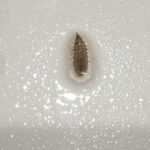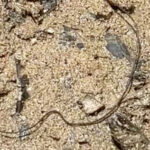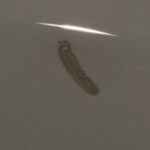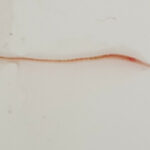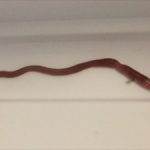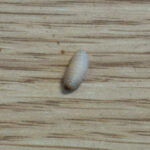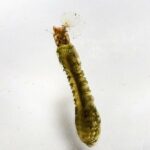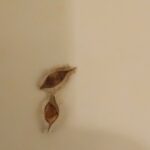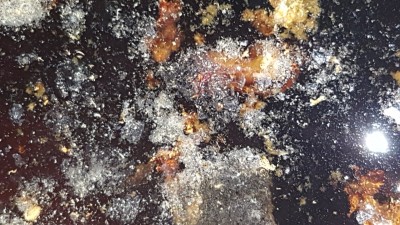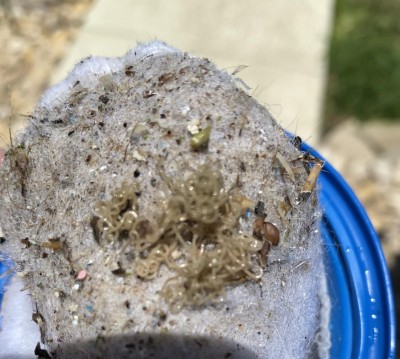
“Today I found this kind of worm on a beach (underwater by the rocks) and I’m wondering what it is,” writes Nuno in his submission regarding the black and white-striped creature pictured below. “Can you please help me? Thanks!” Firstly, we want to thank Nuno for the fantastic picture. The lighting and resolution are so good that we get a lot of identifying information from this photo: such as the the minute white stripes that form incomplete circles around its body, the inconsistent shape of its body, and even down to the texture of its skin (or at least, the kind of texture it looks to have). Secondly, we definitely can help Nuno given that he provided such a good photo and a vital piece of context: he found the worm on the beach.
Whenever any of our readers finds a worm on the beach, we immediately assume that it is a marine worm, which is the case for this worm, which is a Notospermus geniculatus. The Notospermus geniculatus is a species of Notospermus, a genus of ribbon worm (AKA proboscis worms, or Nemertea). The reason we are using all these complicated-sounding, Latin names is because there is actually minimal research on the Notospermus geniculatus, at least on the World Wide Web, to the point where it does not even have an English name that it goes by. For that reason, we will not be able to tell Nuno much about this species in particular other than that it is a marine worm. With that said, we will definitely relay all of the general facts about ribbon worms, as they may still apply to the Notospermus geniculatus Nuno found.
Ribbon worms come in all shapes, sizes, and colors, but the main thing they have in common is that they are predators and that they possess a proboscis (hence their alternative name, the proboscis worm). The proboscis is actually tied to their predatory nature, as it is used for hunting. It is an appendage situated near the head, which they can extend to inject their prey with venom. This venom can also be released even when they are not hunting, such as when they feel threatened by a larger organism: maybe a human. This venom will not be lethal to a human, but it can cause an allergic reaction. The severity will depend on the species of ribbon worm, and we do not know if the venom of the Notospermus geniculatus is particularly potent or not, but either way, we think it is brave of Nuno to handle the worm in the way he does in the photo. Of course, we would not have known that it is venomous. In general though, we always tell our readers that if you see a worm-like creature (or any organism for that matter!) that is unknown to you, do not handle it. The risk is never worth it, in our opinion.
In conclusion, the worm Nuno found on the beach is a Notospermus geniculatus, which is a type of ribbon worm. There is so much we did not cover about ribbon worms, so if Nuno, or any of our other readers, would like a follow up on them, we are happy to do so. Just let us know in the comments section below! We hope this helps, and we wish Nuno the very best!
All About Worms is always free, always reader-supported. Your tips via CashApp, Venmo, or Paypal are appreciated! Receipts will come from ISIPP Publishing.
You might also find these guys interesting!




